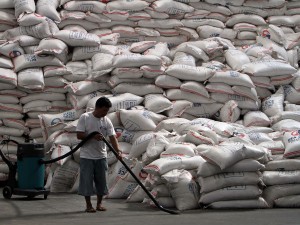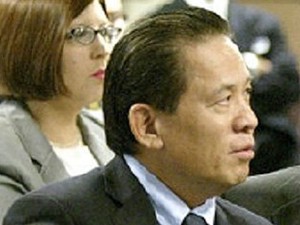MANILA, Philippines—As the country renews efforts to attain rice self-sufficiency, the Department of Agriculture is now looking for a boost from the provinces of Pangasinan, Isabela, Nueva Ecija and Kalinga where the mechanization level of farms is highest in the country.
According to Philippine Center for Postharvest Development and Mechanization (PhilMech), achievements in the use of machines for farms in these provinces showed that “the country can ultimately achieve 100-percent rice self-sufficiency.”
Based on the latest field surveys of the PhilMech, the rate of use of technology in rice farms is as high as 12.41 horsepower per hectare in Pangasinan, more than eight times the national average of 1.52 hp/ha.
This is also more than six times the 2 hp/ha achieved in corn and rice farms, which is the highest in the various subsectors of agriculture.
“In the province of Kalinga, which is a mountainous region that presents numerous challenges to farming, the mechanization level of rice farms is 7.41 horsepower per hectare (hp/ha),” PhilMech executive director Rex L. Bingabing said in a report to Agriculture Secretary Proceso J. Alcala.
The mechanization level of rice farms in Isabela is pegged at 9.52 hp/ha, and in Nueva Ecija at 9.13 hp/ha.
Bingabing noted that Pangasinan, Isabela and Nueva Ecija, are included on the list of the country’s top rice-producing provinces.
Also, PhilMech said that among the rice on-farm operations, threshing recorded the highest level of power usage while manual activities such as spraying farm chemicals registered the lowest.
Further, threshing recorded the highest power utilization as almost all farmers used mechanized threshers, with some farmers in Isabela and Kalinga even using combine harvesters.
Bingabing said that with the passage of the Agriculture and Fisheries Mechanization Act and the signing of its implementing rules last January, the mechanization level in the country could go up.
He said a national average of between 2 hp/ha and 3.0 hp/ha mechanization level by 2016 is a “doable target.”—Ronnel W. Domingo



